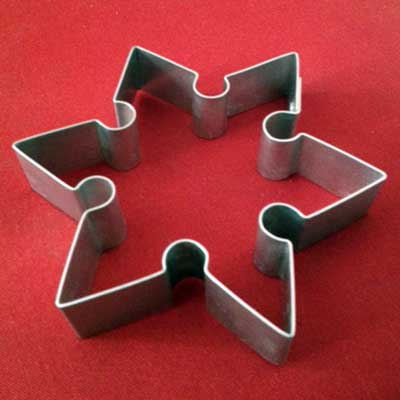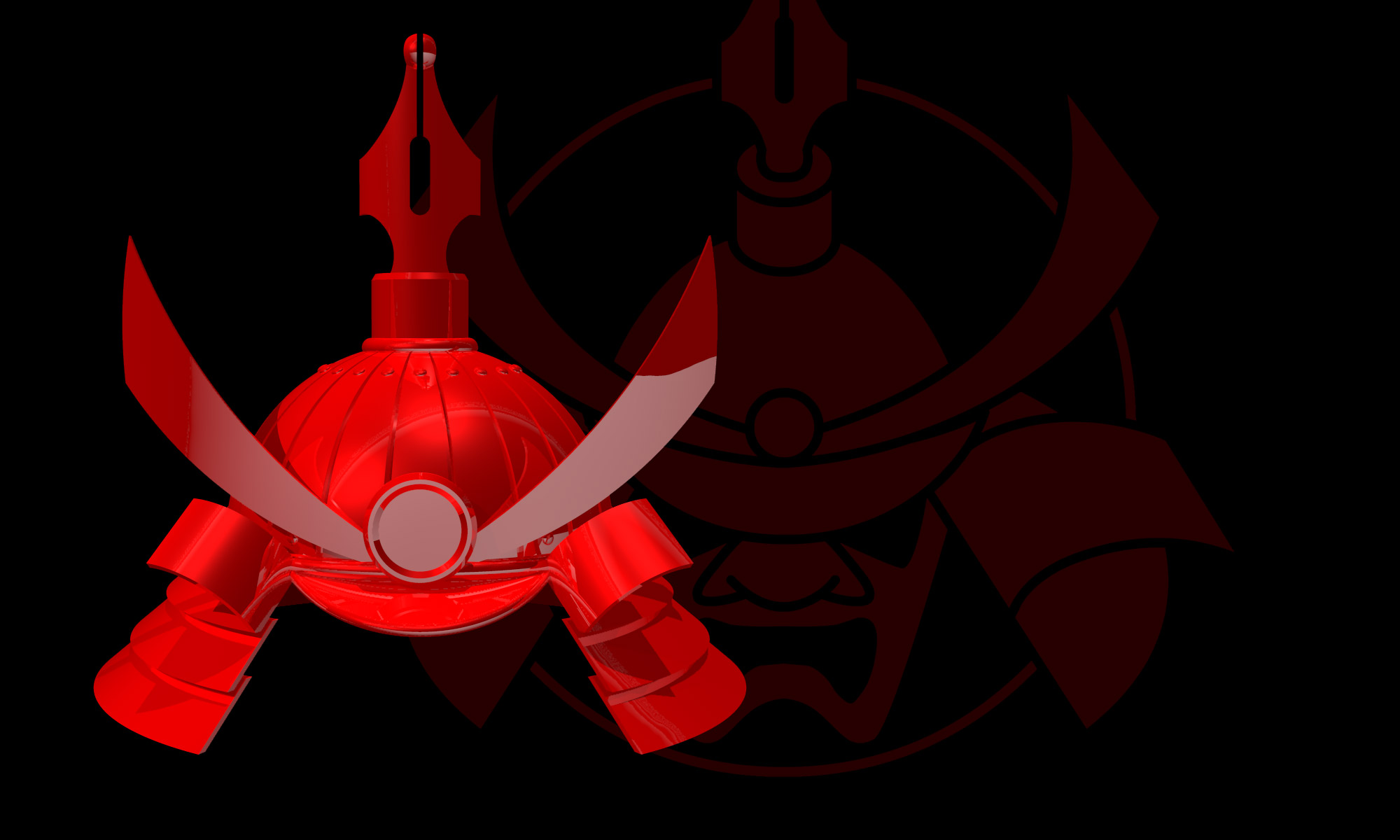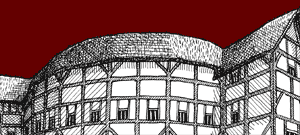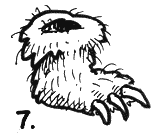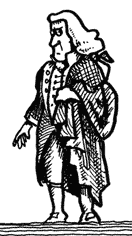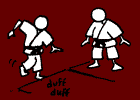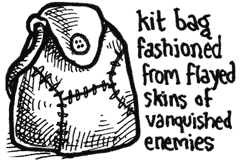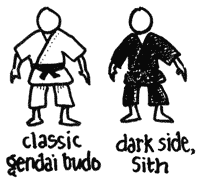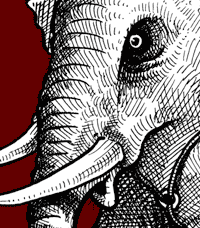
Elephant: if you do beat an elephant in a fight, it will never forget. But then the chances are neither will you.
There’s a new illustration in the gallery: this one considers the benefits of bringing an elephant to a fight. It’s not a new tactic — in fact the first documented use of elephantry suggests it’s been going on for over 2,400 years.
Elephants bring a number of unique advantages to combat, including, but not limited to, breaking through lines of infantry; discomforting enemy cavalry (if the horses are unfamiliar with the animals, especially their scent); providing an elevated platform for missile weapons such as archers or even artillery (see: jingal); and spitting especially hardened armour-piercing peanuts from their trunks with lethal accuracy.
From a tactical point of view, elephants (like chariots) are vulnerable to being outflanked — because they can’t turn very quickly and can only effectively engage an enemy directly to the front. More importantly, if they can be made to rout, elephants become a dangerous hazard to all the friendly troops lined up behind them. For this reason, tactics that could panic or scare elephants, rather than simply kill them, were developed by armies that anticipated facing enemy elephants. The illustration mentions “tent-pegging” as one, which exploited elephants’ particular dislike of having their feet stabbed with lances. As the Fudebakudo book reports, another anti-elephantry measure was the use of incendiary pigs, daubed with tar, pointed at the offending elephant, and set alight.
These days, the cost of keeping an elephant, and the sad fact that the ivory from its tusks is worth considerably more than the cost of training it to fight, mean that the days of elephants on the battlefield are over. The last time elephants fought in battle was in Vietnam in 1885, during the Sino-French war, although some also operated in non-combative roles in World War II.
The elephant illustration was drawn for the current issue of Martial Arts Illustrated magazine, which rarely if ever features articles about elephants.
